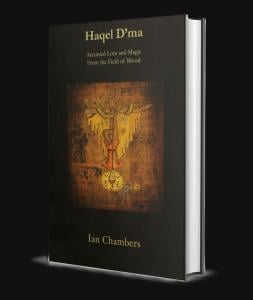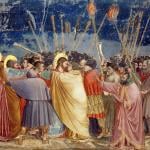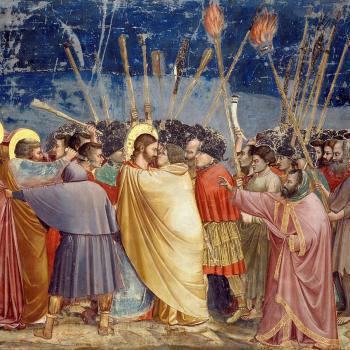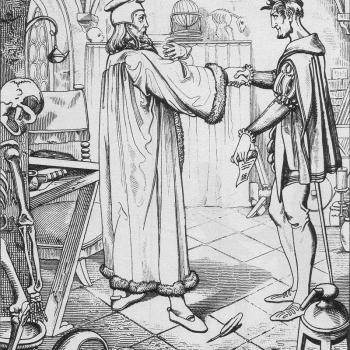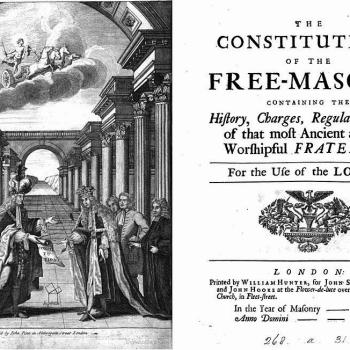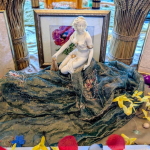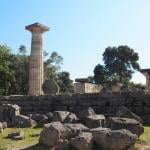The preeminent day connected with Judas… is Maundy Thursday… To the medieval mind, Maundy Thursday was synonymous with the day of the betrayal and was, therefore, an inauspicious day when markedly dark forces were likely to be afoot, as they surely were at that ancient meal. As Murray notes, it had become customary for “… corresponding folkloric beliefs attaching a malediction to all things smacking of Judas.” For this reason, the medieval convention was to remove and lock away anything that may be vaguely associated with, or utilised in, witchcraft and devilry upon the night of Maundy Thursday, and the date became firmly attached to witchcraft and the witches’ sabbath…Blockula, also Blåkulla or Blåkullaland, is a legendary place in Swedish folklore associated with witchcraft and supernatural gatherings. According to tradition, Blockula is a remote legendary island or mountain located in the sea where witches and other supernatural beings were said to meet during certain times of the year – particularly Maundy Thursday. This gave rise to the Swedish custom of the Easter Witch, whereby children dress up as witches and visit door to door – akin to trick or treating at Halloween in Britain and America.— Haqel D’ma: Accursed Lore and Magic from the Field of Blood, p85-6.
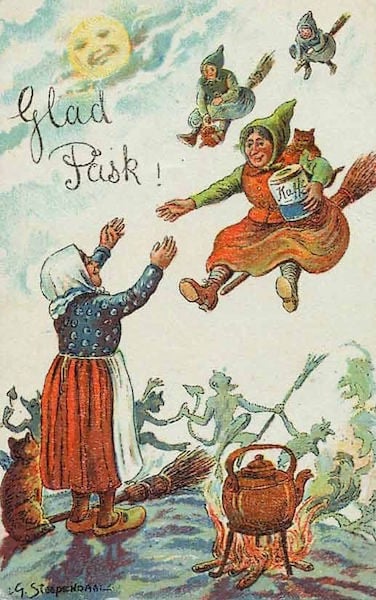
The tradition associating the Thursday before Good Friday with evil deeds and witchery harkens back to medieval belief and folklore surrounding the events of the Last Supper. As most people in medieval Europe were illiterate, and had no Latin to comprehend the lessons of the liturgy, the moral teachings of the bible were often conveyed in the vernacular through folk tale, song and mystery play. These became a means of imparting important social and religious ethics throughout a populace at large — a means of broadcasting the message as a self-replicating device. This inevitably became subject to deviation and adaptation as song and narrative evolve in the hands of a story-telling people, spreading farther and accruing meaning and adjunctive ideas as they journey through land and time.
By the middle ages, the story of the Last Supper had been well established by church doctrine, being fundamental to the principle Christian rite of the Eucharist. Intrinsic to the story of the Passion of the Christ is the character of Judas, the apostle who would betray Jesus to the authorities. This incorporates many difficult truths for church theologians, not least that the earliest literature, including Paul, makes no mention of Judas or his role in the betrayal whatsoever. Indeed, Paul infers that it was a Providential event and necessary, suggesting, therefore, either God or Jesus himself who delivered Christ into the hands of the Romans, there to fulfil the duty of the Messiah — to die and reborn and seal the New Covenant betwixt God and Man. Such a significant event must surely not be entrusted out of divine order and into the hands of one either full of sin, or else a diabolic vessel.
Nevertheless, the myth of Judas entered the folkloric domain through medieval myth and parable, where it acquired a life of its own, Judas accruing myriad sins about his person and adopting ancient Greek myth in the process. Due to the circumstance of Judas’ most prevalent wrong-doing — the betrayal of Jesus — it stands to reason, then, that the least inauspicious day would be that which commemorates the act: Maundy Thursday. Therefore, by the early modern period when the Reformation was shaking the foundations of the Catholic faith, causing schism, religious turmoil and crisis throughout Europe, this single day became marked as one when the Adversary would be likely afoot, together with his cohort of witches and devils. Furthermore, the perilous time when Christ is most vulnerable, between death and resurrection, is surely one which might be exploited by the devil.
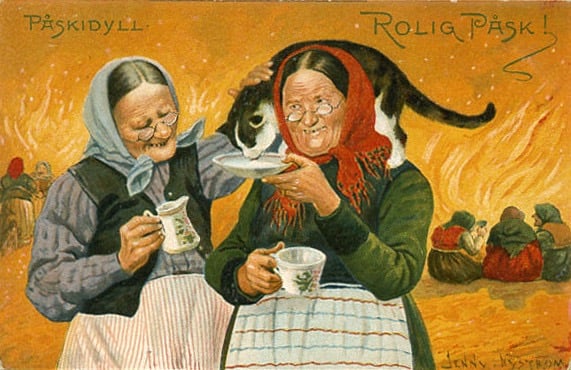
Perhaps the most infamous witch trial in English history, the Pendle Witches — known cunning women who likely cultivated the image of the witch as a deterrent to society’s cruel treatment — were either recusant Catholics in a time of Protestantism, or else retained old Papist charms within family tradition. At the start of April 1612, four women were investigated for charges of witchcraft: Elizabeth Southerns (Demdike), Alizon Device (her granddaughter), Anne Whittle (Chattox), and Anne Redferne (her daughter), resulting in confessions and a pending trial at the next assizes. Later that same month, however, there was a fresh report, this time of a meeting of the witches with a number of sympathetic attendees gathered at the Demdike home, Malkin Towers. The testimony of James Device, Demdike’s grandson, gives a clue as to the sinister timing of this meeting, having wide-ranging ramifications in terms of both the fear of Catholic magic, persecution and maleficium — witchcraft.
And being examined, James Device further sayth, that upon Sheare [Maundy] Thursday last, in the evening, he stole a wether* [sheep] from John Robinson of Barley, and brought it to his grand-mothers house, old Demdike, and there killed it: and that upon the day following, being Good Friday, about twelve of the clock in the day time, there dined in his mothers house a number of persons, whereof three were men, and the rest women…— The Confessions of James Device, 27th April, 1612, as recorded by Thomas Pott’s Discovery of Witches, 1613.
Sheare, or shere, was supposed in Charles Dickens weekly literary magazine, All The Year Round, to relate to the period when priests were said to shave their beards after lent.
An old chronicle says “people would this day shere theyr hedes, and clypp theyr berdes, and so make honest against Easter Day.”— Charles Dickens, “Maundy Thursday and Good Friday”, in All the Year Round, 1889.
The account of James Device is interesting for a number of reasons. The first is that the theft occurs on Maundy Thursday, a night and a time associated often with sin, evildoing and the adversary as he came to Judas — it was a potential night of witchcraft. That the meeting was held on Good Friday is also interesting, as this is a traditional fast day together with Ash Wednesday, wherein one meal is permitted and meat, importantly, is not allowed. By canon law, this penitential fasting is observed until the age of sixty, thus precluding the aged Demdike and Chattox. Much might be said on the circumstance and relevance of the timing of the meeting, which may equally be nothing more than one of convenience.
The situation of Easter, particularly that surrounding Maundy Thursday, has marked importance in the folk beliefs of many through the medieval and early modern periods. An array of customs developed, including the Judas Hunt and ritual hanging of the betrayer in imitation of his supposed demise — an odd thing to commemorate during Easter. The conclusion had long been, in custom and observation, that the somewhat liminal time betwixt crucifixion and resurrection should be peculiarly vulnerable to evil. Indeed, traditional witchcraft lore, including the formula of ‘turning’, is notable in many instances.
In 1660 in Böblingen, “Wild Georg” Schaff told a smith’s apprentice that to get a magic ring… he should “walk backwards through the smithy on Good Friday night.. in the Devil’s name”.— Edward Bever, The Realities of Witchcraft and Popular Magic in Early Modern Europe, Basingstoke: Palgrave Macmillan, 2008, p173.
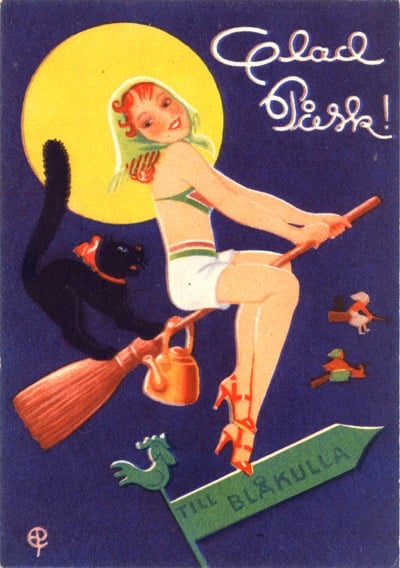
With Easter approaching, it is a timely moment to announce the publication of my new book, Haqel D’ma: Accursed Lore and Magic from the Field of Blood. This original work follows the journey of Judas, the arch-traitor, from the early Christian cult, through the medieval accrual of evil and epitome of sin, early modern witch trials to the modern day. Throughout, the underlying arcanum of betrayal and the apophatic tradition informs the depth of the study. Available now from Ninth Circle Press.
* a male sheep, usually castrated before sexual maturity.


